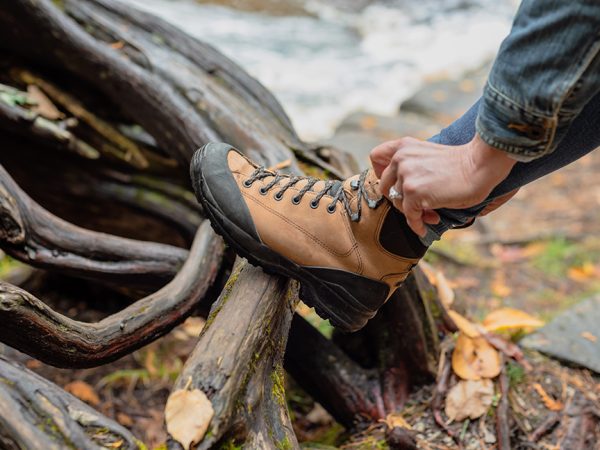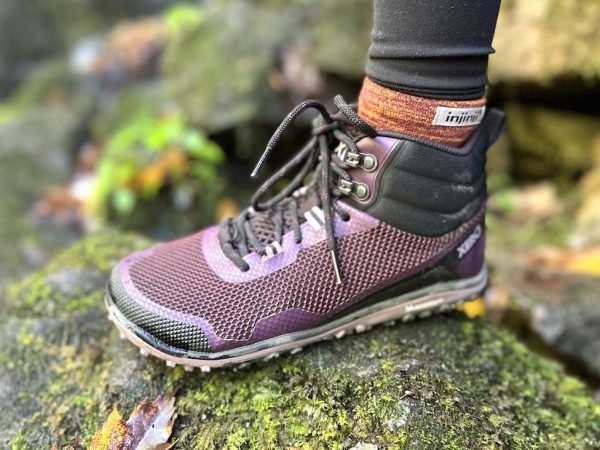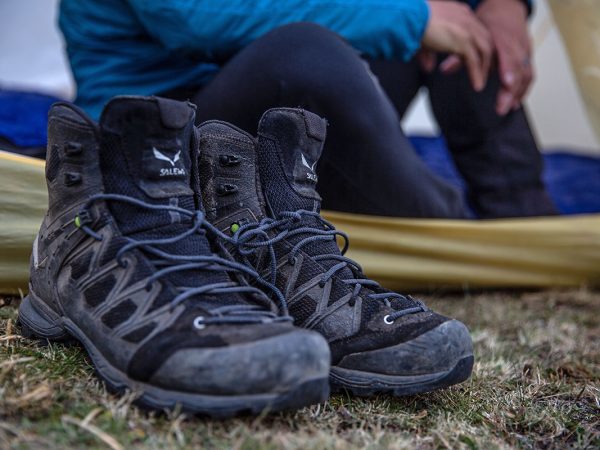Title: Footwear for the Trail: The Ultimate Guide to Hiking Boots
When venturing into the great outdoors, having the right footwear is essential for comfort, support, and safety on the trail. Hiking boots are designed to provide stability, traction, and protection against rugged terrain, making them a crucial investment for hikers of all skill levels. In this comprehensive guide, we’ll explore everything you need to know about hiking boots to help you find the perfect pair for your outdoor adventures.
1. Understanding Hiking Boot Types:
Hiking boots come in various types, each suited for different trail conditions and hiking preferences. Here are the main types of hiking boots to consider:
– Trail Shoes: Lightweight and low-cut, trail shoes are ideal for day hikes on well-maintained trails with minimal elevation gain. They offer flexibility and breathability, making them suitable for fast-paced hiking and casual outings.
– Hiking Shoes: Offering a balance between trail shoes and hiking boots, hiking shoes provide more support and protection while still maintaining a lightweight and flexible design. They’re suitable for day hikes and moderate terrain.
– Hiking Boots: With higher ankle support and rugged construction, hiking boots are designed for challenging terrain, long-distance hikes, and backpacking trips. They offer superior stability, durability, and protection against rocks, roots, and uneven surfaces.
– Mountaineering Boots: Designed for technical terrain and extreme conditions, mountaineering boots provide maximum support, insulation, and crampon compatibility for alpine expeditions and snow-covered terrain.
2. Key Features to Consider:
When selecting hiking boots, consider the following key features to ensure optimal performance and comfort on the trail:
– Ankle Support: Choose boots with adequate ankle support to prevent sprains and injuries on uneven terrain. High-cut boots offer superior ankle stability, while low-cut options provide more flexibility and mobility.
– Waterproofing: Look for boots with waterproof membranes like Gore-Tex or eVent to keep your feet dry and comfortable in wet conditions. Waterproofing is essential for hiking in rainy or snowy weather and crossing streams or puddles.
– Traction: Opt for boots with aggressive lugs and durable rubber outsoles for superior traction on various surfaces, including rocks, mud, and gravel. Vibram outsoles are renowned for their grip and durability in challenging terrain.
– Breathability: Choose boots with breathable materials and mesh panels to promote airflow and prevent moisture buildup inside the boot. Breathable boots help keep your feet cool and dry, reducing the risk of blisters and discomfort.
– Fit and Sizing: Ensure proper fit by trying on multiple pairs and testing them with hiking socks. Look for boots with a snug but not tight fit, with enough room in the toe box to wiggle your toes. Consider sizing up for downhill hiking or wearing thicker socks in cold weather.
– Break-in Period: Keep in mind that hiking boots may require a break-in period to conform to your feet and soften the materials. Plan ahead and wear your boots around the house or on shorter hikes to break them in gradually and minimize discomfort on longer treks.
3. Care and Maintenance:
To prolong the life of your hiking boots and maintain their performance, follow these care and maintenance tips:
– Clean your boots after each hike by removing dirt, debris, and mud with a soft brush or damp cloth.
– Air dry your boots thoroughly before storing them in a cool, dry place away from direct sunlight or heat sources.
– Reapply waterproofing treatments periodically to restore water repellency and protect the boot’s materials.
– Inspect your boots regularly for signs of wear and tear, including worn-out outsoles, loose stitching, or damaged laces. Repair or replace worn parts as needed to prevent further damage and maintain structural integrity.
By considering factors such as hiking boot types, key features, fit and sizing, and care and maintenance, you can find the perfect pair of hiking boots to enhance your outdoor adventures. Whether you’re tackling rugged mountain trails, exploring scenic forests, or embarking on epic backpacking trips, investing in high-quality hiking boots will provide the comfort, support, and durability you need to conquer any trail with confidence.


